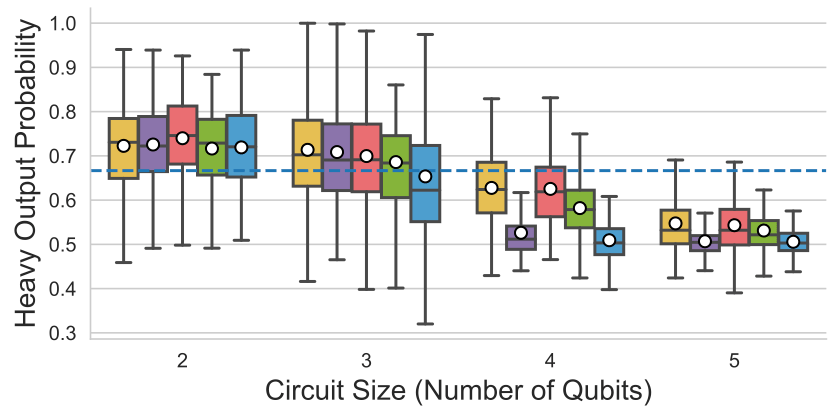Physicists at the University of Basel have achieved a significant milestone in quantum physics by experimentally demonstrating a negative correlation between the spins of entangled electron pairs extracted from a superconductor. This groundbreaking research, published in Nature, provides crucial experimental verification of long-held theoretical predictions about Cooper pairs.
Quantum entanglement, famously described by Einstein as spooky action at a distance, creates a profound connection between particles regardless of physical separation. While this year’s Nobel Prize in Physics recognized work on photon entanglement, this new research focuses on electron spin entanglement within superconductors.
The research team, led by Professor Christian Schönenberger and Dr. Andreas Baumgartner, collaborated with Italian researchers from the Istituto Nanoscienze-CNR and Scuola Normale Superiore in Pisa. Their innovative experimental setup employed quantum dots as selective pathways and nanomagnets as spin filters to separate and analyze Cooper pairs from superconductors.
By creating individually adjustable magnetic fields in each quantum dot, the researchers could selectively filter electrons based on spin orientation. Their measurements confirmed that when one electron’s spin points upward, its paired electron’s spin points downward, conclusively demonstrating the negative correlation characteristic of Cooper pairs.
First author Dr. Arunav Bordoloi explained their methodology: “We can adjust both quantum dots so that mainly electrons with a certain spin pass through them.” The team observed that when both quantum dots were configured to pass only identical spins, electrical current was significantly reduced, confirming their hypothesis.
While this experiment represents an important first step in demonstrating spin correlation in Cooper pairs, Baumgartner notes that additional work remains to achieve definitive proof of entangled electron spins, as the current setup has limitations in arbitrary spin filter orientation.
This research advances our understanding of quantum phenomena in solid materials and has potential implications for quantum computing development, where electron spin entanglement serves as a fundamental component. The ability to manipulate and verify such quantum properties represents a significant step forward in applied quantum physics.
Reference: Arunav Bordoloi, Valentina Zannier, Lucia Sorba, Christian Schönenberger, Andreas Baumgartner. Spin cross-correlation experiments in an electron entangler. Nature, 2022; DOI: 10.1038/s41586-022-05436-z



